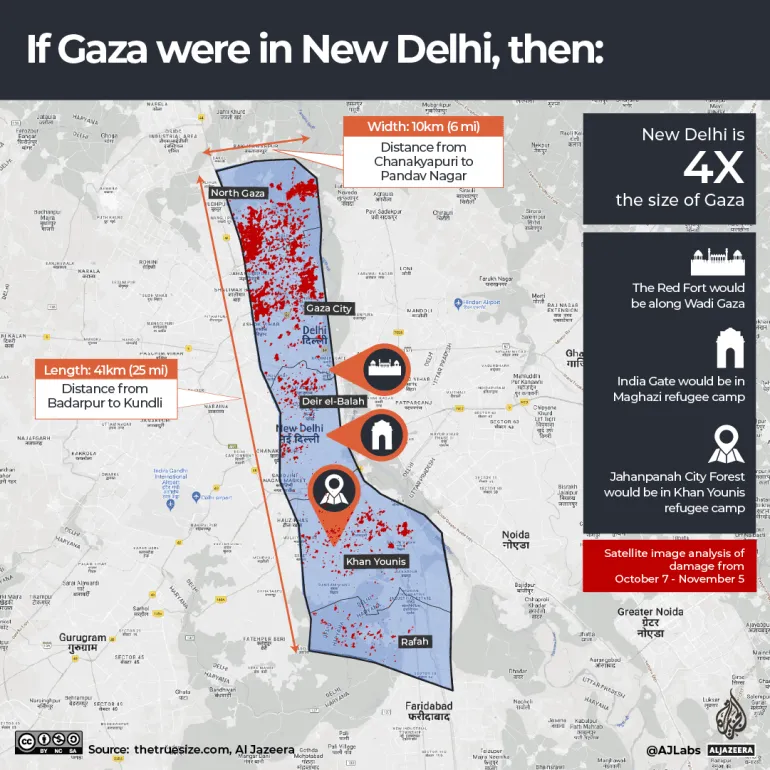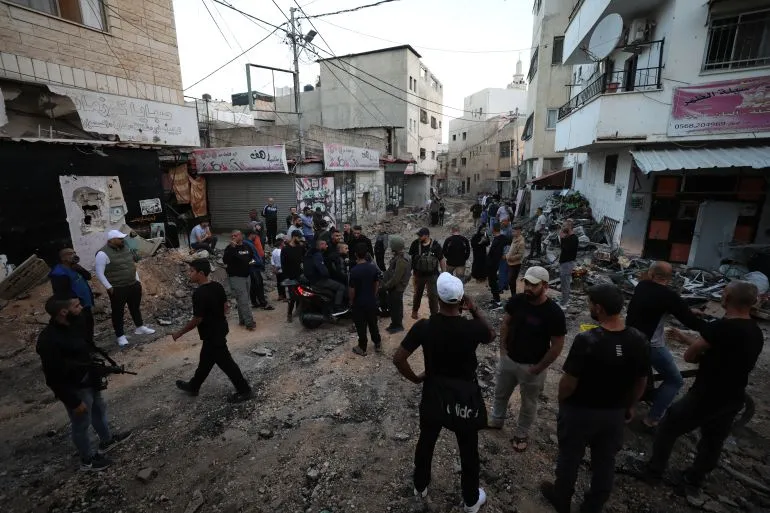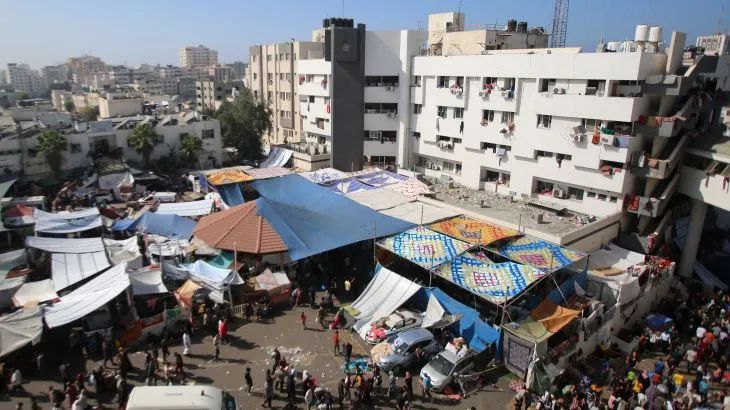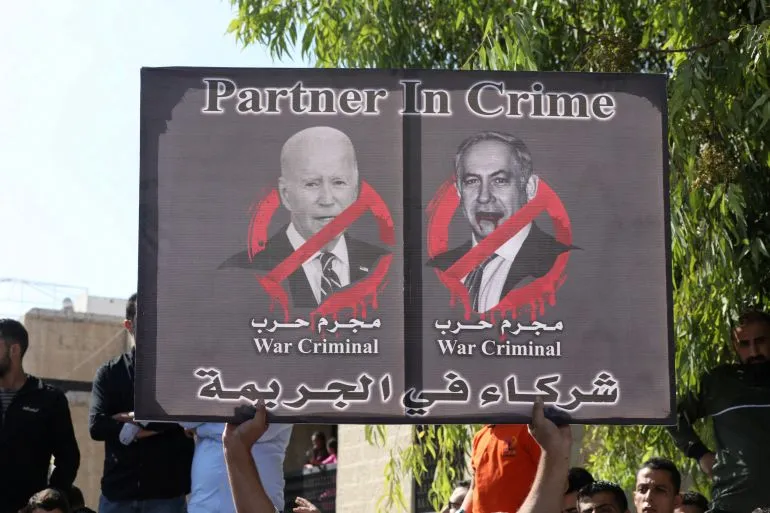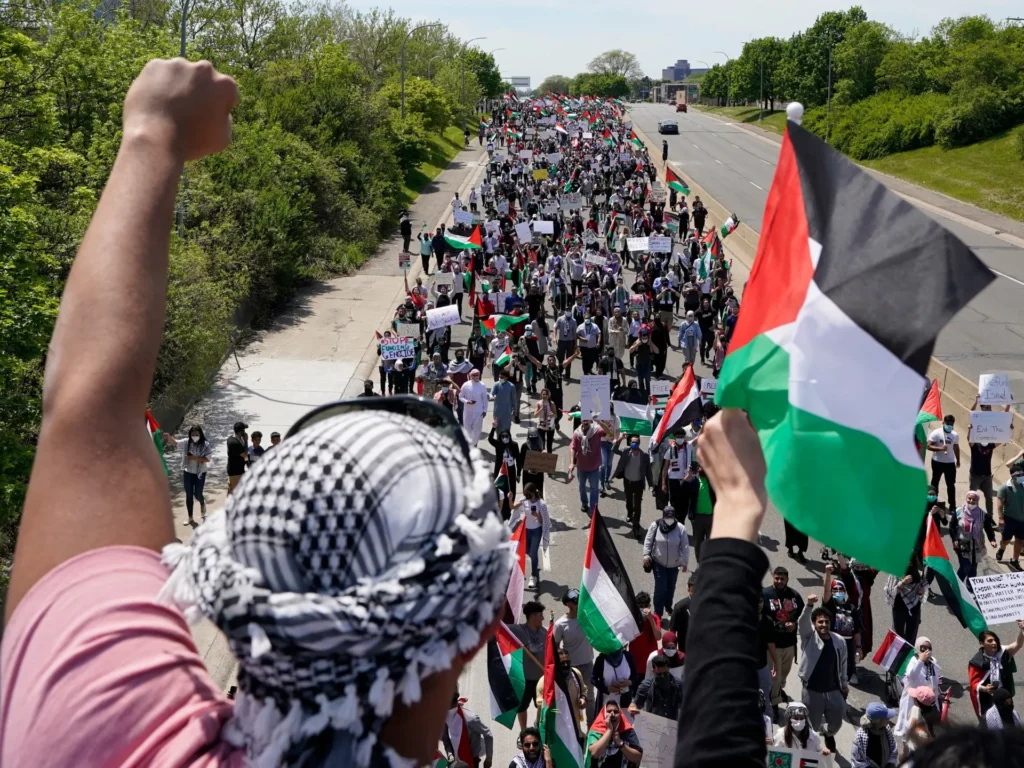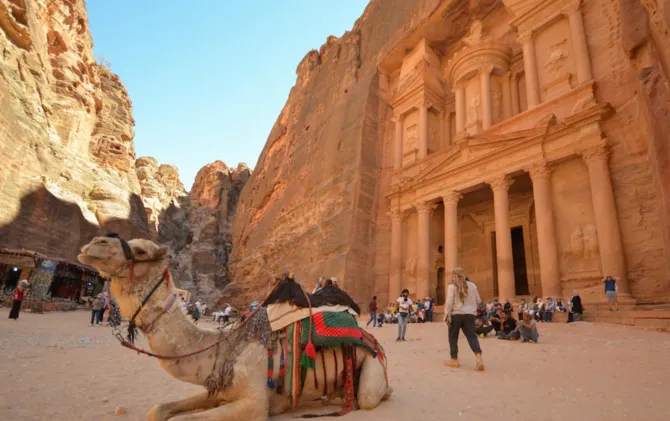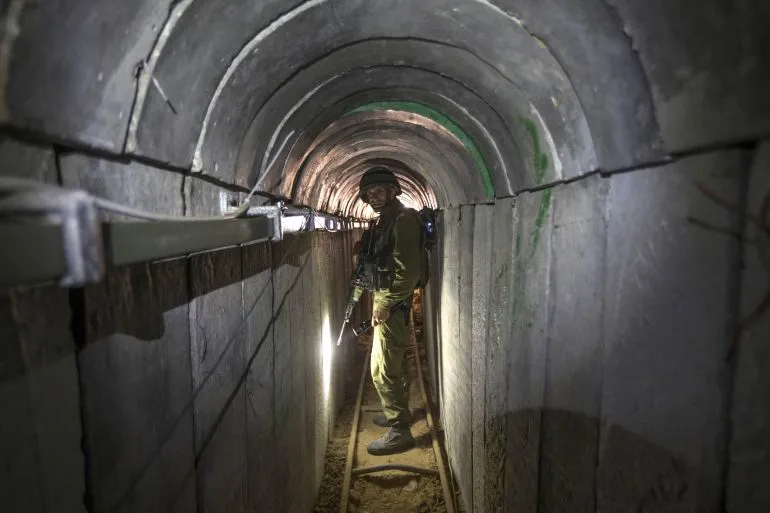The US counts Israel as its closest ally in the Middle East. But it needs Arab partners, too. Over the past weeks, dozens of countries and leaders have asked Israel, directly, indirectly and through the United Nations, to temporarily cease assaults on Gaza. Pleas were ignored or turned down; the UN talks drowned in technicalities and semantics. In a surprise announcement on Thursday, the White House claimed that Israel would allow “limited pauses” in its military operations “for humanitarian reasons”. None has happened so far, but a promise is a promise. KEEP READING Should Israel learn from US mistakes in Iraq and Afghanistan? Nakba survivor displaced in Gaza as tens of thousands flee south Israel is bombing hospitals in Gaza with Israeli doctors’ approval ‘We are minutes away from death’: Gaza’s al-Shifa Hospital under attack At the same time, United States Secretary of State Antony Blinken said that Gaza should not be re-occupied by Israel and that Palestinians who fled Gaza City should be allowed to return. All of this, even as the US has bolstered its military presence in the region, with two aircraft carrier battle groups deployed in the Mediterranean and the Indian Ocean, and additional air and land forces reinforcing friendly bases throughout the region. Some of the 3,400 US troops in Iraq and Syria have nevertheless come under isolated and unprecise missile and drone attacks, apparently from various sub-state armed groups. The US has also rushed massive air and sea deliveries of weapons and ammunition to Israel. So what is really happening? Israel is the traditional, strongest and guaranteed American strategic partner in the Middle East, and it is unlikely that, whatever the differences between their administrations may be, that position will ever change. But the US needs its Arab strategic partners, too. In deciding on its Middle Eastern policies and strategies, Washington has many factors to consider. They include, among other things, regional and global security, its relations with Iran, security and cost of oil and gas supplies, freedom and security of international shipping lanes, and containing the influence of Russia and China. It is a complicated mix, even at the best of times. When policies are formulated and implemented by amateurs guided by the partiality of private inclinations, it often spoils years of hard work. Such was the case during the four disastrous years of the Trump administration’s off-the-hip approach to the Middle East. The president’s main “expert” was his then 37-year-old son-in-law. His proposed “peace plan” was fodder for Israeli hawks, but stunned and angered Palestinians. Stepping back from current Gaza-related issues, it is obvious that most American problems in the Middle East originate from two fundamental reasons: the end of the bipolar world and Washington’s relations with Iran. For 50 years after World War II, the division between the American-dominated West and Eastern Communism led by the Soviet Union directed political allegiances. In the Middle East, Israel was in the American camp, as were Saudi Arabia, Kuwait and the Gulf states; Syria, Egypt, Iraq and Libya were on the Soviet side. Convincing Egypt to change its allegiance from East to West and sign the peace accord with Israel in 1978 was one of Washington’s major strategic victories in the Middle East during the Cold War. Under the rule of the shah, Iran probably had the most pro-American regime from the Mediterranean to the Pacific, but that equation flipped on its head after the Islamic Revolution of 1979. Overnight, the US became Iran’s biggest enemy. In the best tradition of pragmatic foreign policy, the US encouraged and helped Saddam Hussein’s Iraq to invade its bigger neighbour, Iran. The war that dragged on for almost 10 years was practically, if not directly, a US proxy war against Iran. The US fought another proxy war through the mujahideen against Soviet-controlled Afghanistan. While the Cold War was often hard and unfair on the interests of individual small countries involved, the bipolar strategic paradigm had its advantages: Both big protectors took care not to allow local troubles to explode into major wars, usually with success. When communism caved in, the West allowed itself to proclaim “the end of history,” believing that it had won its big strategic struggle once and forever, and that future confrontations would be small and easily controllable. What a mistake. In less than a decade, the US allowed its regional oversight and insight into potential trouble spots to wilt. With much weakened analytical capabilities, the United States ignorantly, arrogantly and overconfidently let itself be led into three successive wars that ended in embarrassing setbacks for Washington. After years of being bogged down in Iraq, the US hastily pulled out when it realised that continuing there cost too much in soldiers’ lives, money and especially its reputation in the Middle East and Islamic countries. In a similar fashion, it pulled out of Afghanistan a decade later. Washington repeated the mistake it made in Iraq by getting involved in the Syrian war, although this time it did not invade openly. Its support for anti-government factions ended up helping, of all factions, the pro-Iranian armed groups gain influence and strength. Syria also cemented its ties with Moscow. The end result: Iran spread its regional influence, and the US failed to check it. Other regional conflicts, too, have shown the limits of US power and influence — whether in its failure to stop the war between Saudi Arabia and the Houthis in Yemen, or to end the impasse in Libya. It is then understandable, that in the year prior to the 2024 elections, Biden wants to appear active in the region with a more balanced approach, aimed at demonstrating that the US still does have the ability to mediate peace. If that means mentioning some things that Israeli Prime Minister Benjamin Netanyahu and his hardline cabinet don’t want to hear — let alone heed — so be it.

